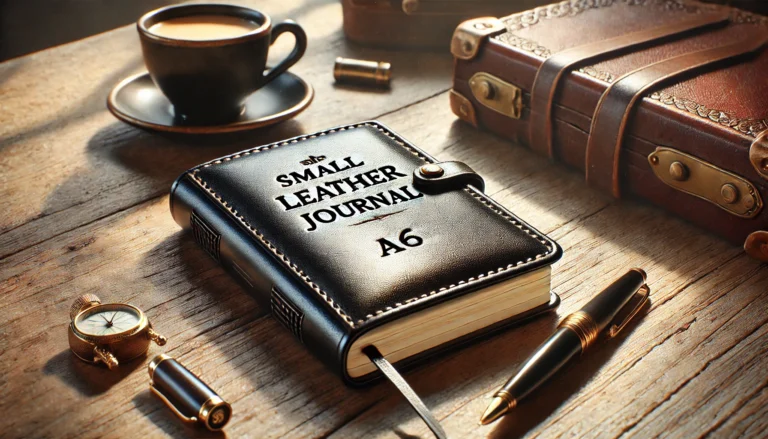
Nose pins, also known as nose rings or nose studs, are small pieces of jewelry worn in the nostril or septum of the nose. They come in various styles, materials, and designs, making them popular across different cultures and fashion trends. Here’s an overview:
History
- Cultural Significance: Nose pin have been worn for centuries in various cultures. In India, they are often associated with tradition and marriage. In other cultures, they can signify rebellion or individuality.
- Symbolism: In some societies, a nose pin can represent social status, fertility, or spirituality.
Types of Nose Pins
- Nose Studs: A small post with a decorative end that sits on the outside of the nostril.
- Nose Rings: Circular jewelry that can be worn in various styles, including hoops and captive bead rings.
- Septum Piercings: A ring or bar worn through the septum, the cartilage between the nostrils.
Materials
- Metals: Common options include gold, silver, stainless steel, and titanium. Hypoallergenic materials are also available for sensitive skin.
- Gemstones and Pearls: Many nose pins feature decorative elements like diamonds, pearls, or colored stones.
- Plastic and Acrylic: Used for initial piercings or for those who prefer lightweight options.
Styling
- Minimalist: Simple designs that are subtle and elegant.
- Bohemian: Often larger and more ornate, sometimes featuring intricate patterns or colorful stones.
- Traditional: In cultures like Indian, nose pins may be large and elaborate, often worn during festivals or weddings.
Care and Maintenance
- Cleaning: Regular cleaning is essential to prevent infections. Use saline solutions or mild soap.
- Changing Jewelry: After healing (usually a few weeks to a few months, depending on the type of piercing), you can change the jewelry, but be cautious to avoid irritation.
Fashion Trends
- Nose pins are often seen on runways and in street fashion, with styles evolving over time. Mixing and matching different types can create unique looks.
Considerations
- Piercing Process: It’s important to have piercings done by a professional to minimize risks of infection or complications.
- Healing Time: Different piercings have different healing times, and care should be taken during this period.
Nose pins can be a beautiful and expressive form of personal style, reflecting cultural heritage or individual taste.
Nose pins, also known as nose rings or nose studs, are small pieces of jewelry worn in the nostril or septum of the nose. They come in various styles, materials, and designs, making them popular across different cultures and fashion trends. Here’s an overview:
History
- Cultural Significance: Nose pins have been worn for centuries in various cultures. In India, they are often associated with tradition and marriage. In other cultures, they can signify rebellion or individuality.
- Symbolism: In some societies, a nose pin can represent social status, fertility, or spirituality.
Types of Nose Pins
- Nose Studs: A small post with a decorative end that sits on the outside of the nostril.
- Nose Rings: Circular jewelry that can be worn in various styles, including hoops and captive bead rings.
- Septum Piercings: A ring or bar worn through the septum, the cartilage between the nostrils.
Materials
- Metals: Common options include gold, silver, stainless steel, and titanium. Hypoallergenic materials are also available for sensitive skin.
- Gemstones and Pearls: Many nose pins feature decorative elements like diamonds, pearls, or colored stones.
- Plastic and Acrylic: Used for initial piercings or for those who prefer lightweight options.
Styling
- Minimalist: Simple designs that are subtle and elegant.
- Bohemian: Often larger and more ornate, sometimes featuring intricate patterns or colorful stones.
- Traditional: In cultures like Indian, nose pins may be large and elaborate, often worn during festivals or weddings.
Care and Maintenance
- Cleaning: Regular cleaning is essential to prevent infections. Use saline solutions or mild soap.
- Changing Jewelry: After healing (usually a few weeks to a few months, depending on the type of piercing), you can change the jewelry, but be cautious to avoid irritation.
Fashion Trends
- Nose pins are often seen on runways and in street fashion, with styles evolving over time. Mixing and matching different types can create unique looks.
Considerations
- Piercing Process: It’s important to have piercings done by a professional to minimize risks of infection or complications.
- Healing Time: Different piercings have different healing times, and care should be taken during this period.
Nose pins can be a beautiful and expressive form of personal style, reflecting cultural heritage or individual taste.





